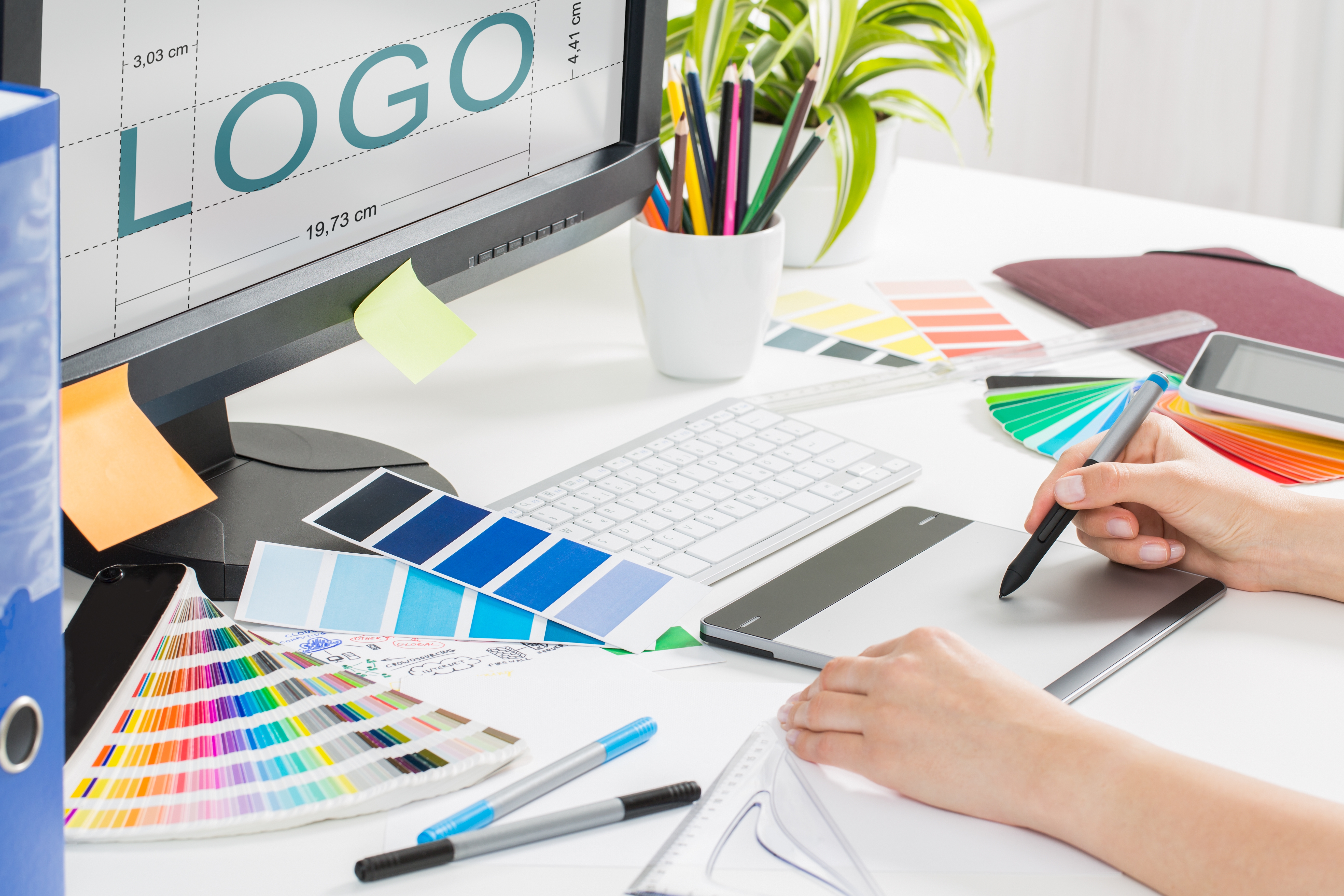Graphic Design As Art

In the modern world, with the development of technology more and more, such an industry as graphic design, which originated in the heyday of industrial production, is being used and spread to many spheres of life. Then graphic design was focused more on the production of posters, posters, packaging, postal and various kinds of design products. In fact, there was no concept of "graphic design", and the branch of professional activity itself was called industrial graphics. Along with the advertising of goods and services, visual agitation also developed. The role of graphic designer, we can say, was performed by illustrators and graphic artists. They were required to be handmade with various materials combined with a good command of graphics. At the same time, the trend of "constructivism" that arose at that time under the influence of the avant-garde practically nullified traditional art, replacing elegant forms with geometric shapes, strict fonts and contrasting color combinations.
Currently, the graphic design industry consists of many areas - web design, interface design, motion design, packaging, advertising, visual communications, illustrations in digital and traditional performance. Graphic design is now considered as a multifaceted art that continues to develop and penetrate into various spheres of human activity.
The process of developing design as a part of culture is subject to temporary changes. Some style directions, developing and formed, are replaced by others. The new replaces the old, often forever left in the past, and sometimes the directions that have faded away in due time are again transformed and acquire relevance. Thus, in design there is a change of trends characteristic of styles in art.
The most significant recent changes that have occurred in design in a quarter of a century are associated with the emergence and development of computer technology and digital equipment for creating design projects. They have settled in all spheres of life, accelerate work, significantly expand opportunities for creativity. On the other hand, there was a noticeable gap between designers and artists in the development of the ability to draw. In some areas of design, drawing skills began to seem optional.
As a result, in the new realities, despite the widespread predominance of digital technologies, there has been an interest in the man-made process of creating images, for example, the use of traditional illustrations created on paper. Watercolor, dashed and linear images, as well as drawings similar to children's, are often used by various campaigns in the formation of their visual image of the brand. The handwritten font in the design of the texts of advertising, congratulations, posters, etc. The most interesting are logos created on the basis of a hand-drawn font and pictorial elements, while readability is a prerequisite here. Advertising inscriptions in the form of one word or phrase can contain emotions, the nature of writing letters can convey mood, dynamics, severity, ease.
Comparing and combining design and art, the following positions can be distinguished:
1. Works of art and design in general, despite functional differences, often have the same aesthetic qualities, and graphic design is closest to fine art in the nature of the display of reality;
2. The creation of high-quality design, as well as works of art, requires painstaking work on the expression of an artistic image and the implementation of a creative idea;
3. Design has its own history of development, expressed in certain styles and directions similar to the process of development of fine art.

- Arts
- Business
- Computers
- Games
- Health
- Home
- Kids and Teens
- Money
- News
- Recreation
- Reference
- Regional
- Science
- Shopping
- Society
- Sports
- Бизнес
- Деньги
- Дом
- Досуг
- Здоровье
- Игры
- Искусство
- Источники информации
- Компьютеры
- Наука
- Новости и СМИ
- Общество
- Покупки
- Спорт
- Страны и регионы
- World


